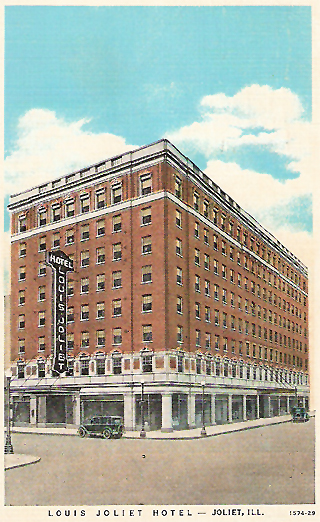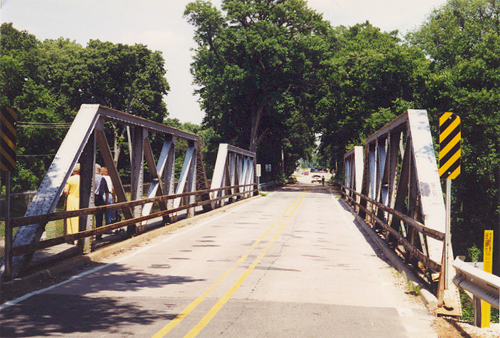
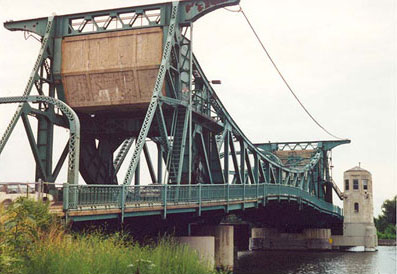
Route 6 enters Joliet from
the west on this double-leaf Bascule bridge over the Des Plaines River,
which carries barge traffic between the Illinois River and Lake Michigan. (July 1998
photo)
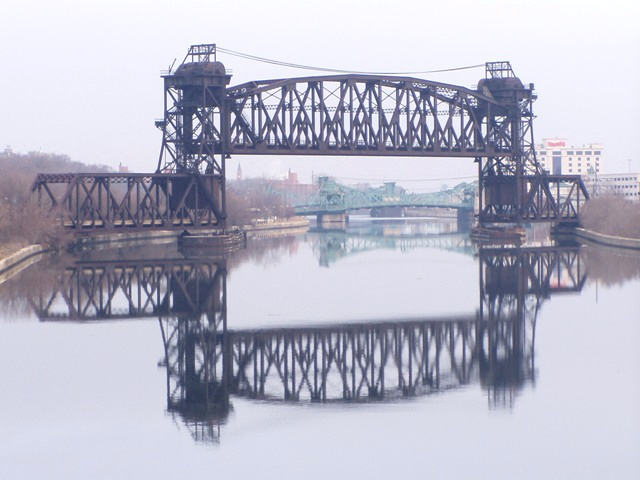
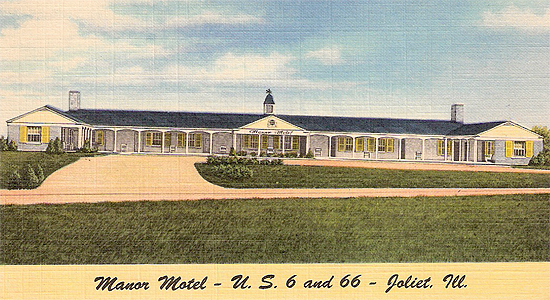
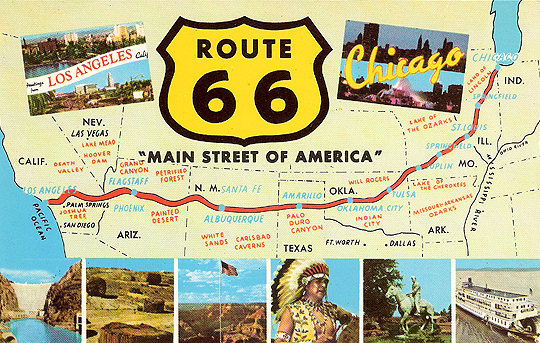
Joliet is the site of the conjunction
of three storied highways. Here in downtown Joliet Route 6 shares a few
blocks with the original Route 66. In the past, Jolietiers who planned to
get their kicks by motoring west had two options: Six took off straight
west, to La Salle, Rock Island, Omaha, Denver, Tonapah, Bishop, and Long
Beach. Sixty-six headed southwest to such notable places as St. Louis,
Oklahoma City, Amarillo, Gallop, Flagstaff, [don't forget] Winona;
Kingman, Barstow, San Bernardino. (July 1998 photo)
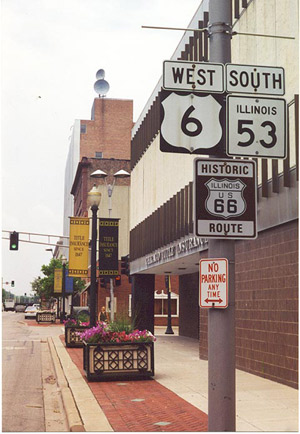
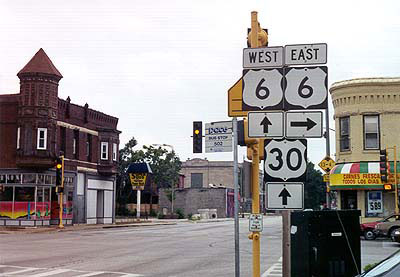
East of downtown Joliet, shown in
this March 1997 photo, Route 6 crosses U. S. Route 30, the old Lincoln
Highway.


